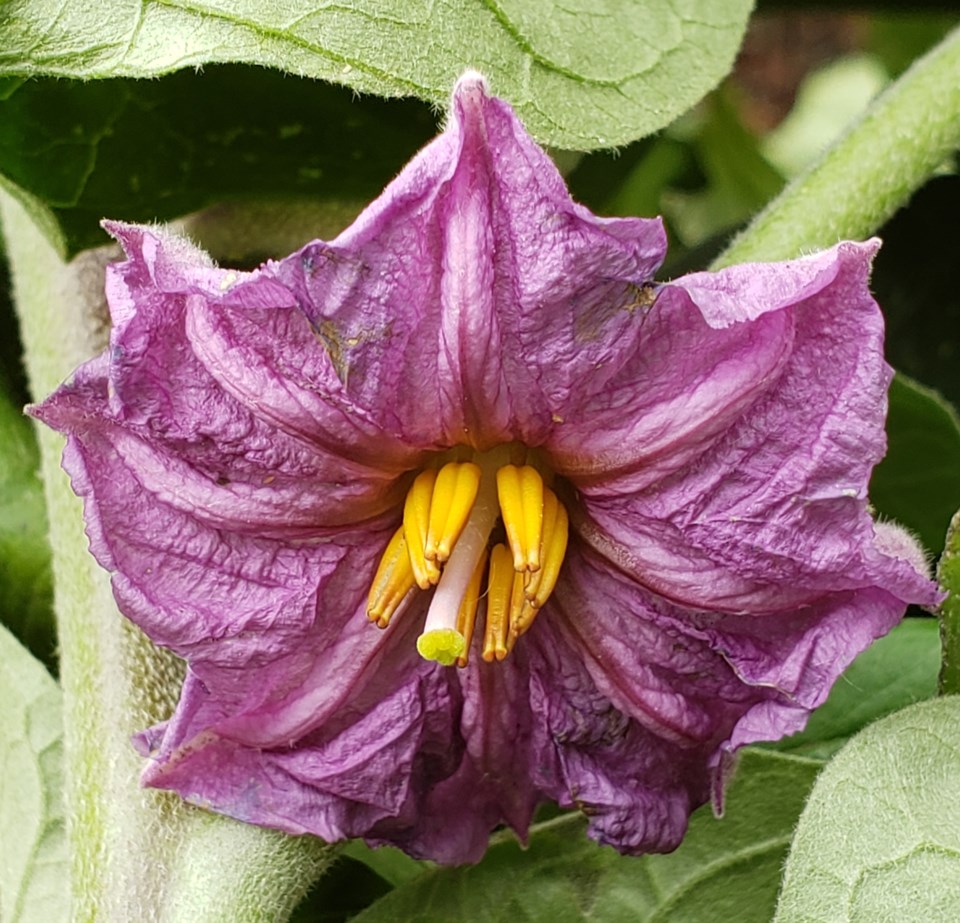The ancient practice of saving seeds has in recent years become a feasible, and in some case,s an encouraged practice. There is a science to saving seeds; one that requires patience, vigilance and dedication but the rewards and satisfaction outweigh the labour costs.
There is far more to saving seed than going out into the garden and selecting one or two plants from each vegetable variety you grow to serve as seed producers. The ancient people, who began to save seed, observed the plants and paid special attention to how the plants grew, when they flowered and the quality and quantity of fruit produced. Seed was selected from plants that showed natural disease resistance, high yields, good to excellent quality and growth that suited the growing environment. The home gardener can take a similar approach. Plants that show these qualities have the potential to be excellent seed sources.
There is something quite romantic to growing plants whose seeds have been passed down through the generations. They are naturally pollinated by wind, insects or other means but the characteristics of heirloom plants have developed naturally over a long period of time. Thus, their characteristics are fairly standard and it can be trusted that your harvest will be what you expect. Over time, these plants have developed growth habits specific to certain climates and resistance to common disease issues so are definitely survivors.
Although the ancient seed savers had no knowledge of plant biology, the home gardener will benefit from a little of this knowledge. The concept that is most important to know is pollination. Pollination differs with each plant family. Some plants self-pollinate while others require pollination from other similar plants. Some require wind while others are mainly pollinated by insects and still others utilize a combination of the two.
Pollination occurs when the pollen from either male flowers or male flower parts (called stamens) is transferred to female flowers or female flower parts (called pistils). The pollen may be from the flower of related plant or it may be from a flower of a plant in the same family. For example, cucumbers and zucchini are part of the squash family. They have monoecious flowers which means they have both male and female flowers on the same plant. Some plants are dioecious which have male and female flowers on different plants.
Some of the most common plants that come to mind are poplar and ash trees. Dioecious plants are extremely important as there might be strong preferences to one sex or another due to allergies or other landscape concerns like poplar fuzz. Still other plants contain perfect flowers which contain both the male and female parts in each flower itself. For example, our dwarf sour cherries have perfect flowers so there is no cross-pollination with another cherry to produce fruit which means that gardeners will only require one plant for fruit production.
There is one thing that the ancient seed gatherers did not have to contend with and that modern seed gathers do: hybridization. Many plant varieties are hybrids meaning the flowers of two related species have been cross-pollinated to produce a new flower or vegetable variety. The seed from hybrid varieties will likely be sterile, however, if it does germinate, it is unlikely that the flowers or vegetables will be like the parent plant. In fact, the plants may be sterile and not produce flowers at all. Thus, if you wish to delve into saving seeds it is important to grow open pollinated plants that are also referred to as heirloom or heritage plants.
Watch for more about saving seeds in the following weeks so you can be ready to save your own seeds this growing season.
Hanbidge is the Lead Horticulturist with Orchid Horticulture. Find us at ; by email at [email protected]; on facebook @orchidhort and on instagram at #orchidhort.
Tune into GROW Live, weekly on our Facebook page or check out the Youtube channel GROW




